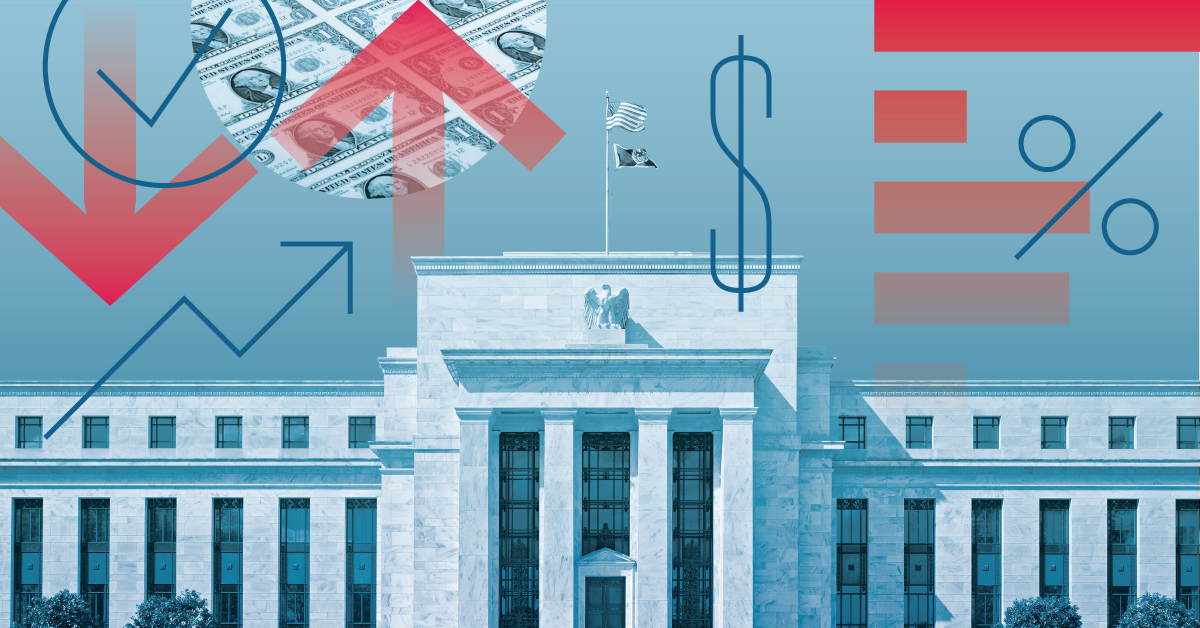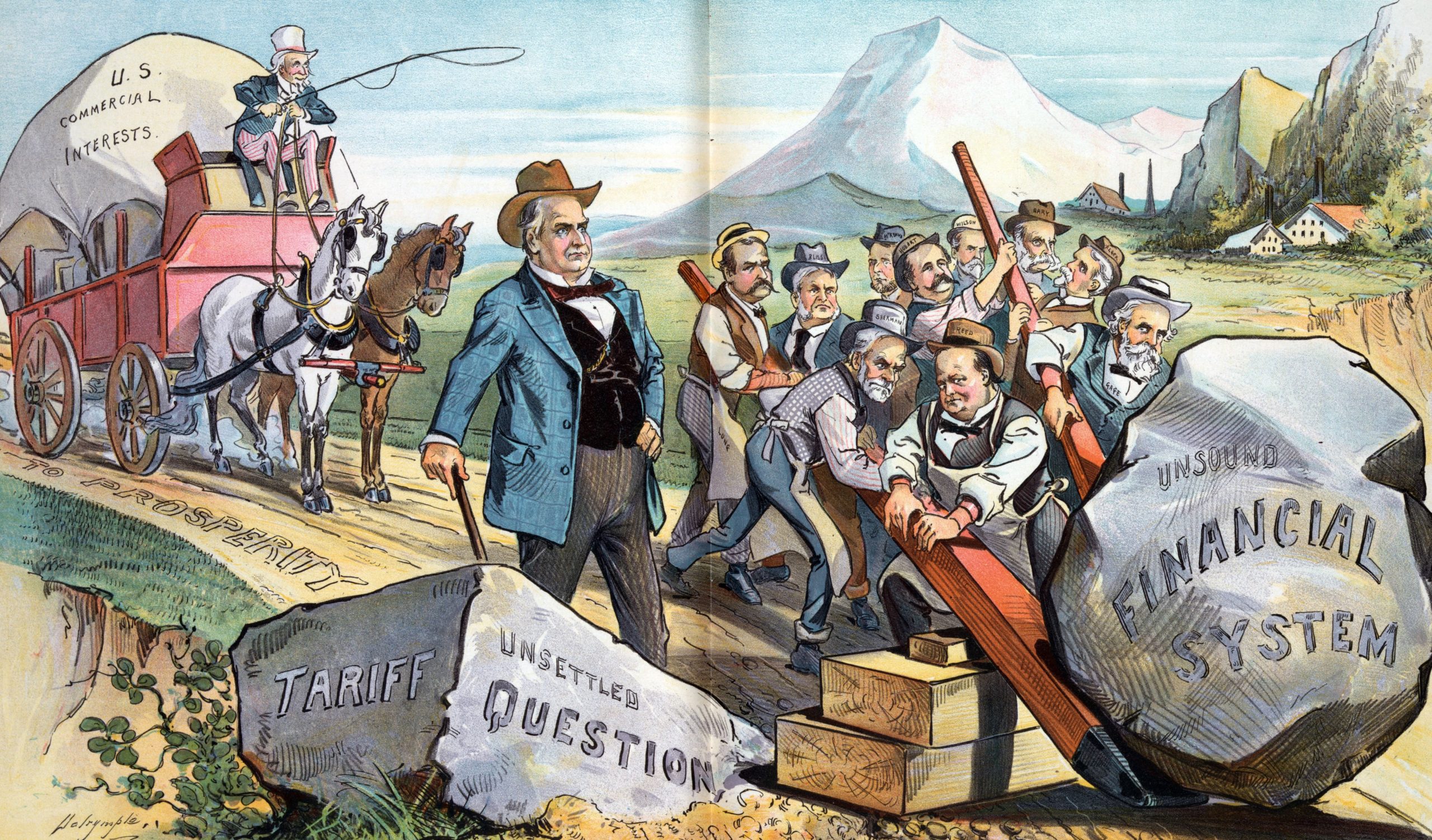The Federal Reserve is making big moves in 2025. These decisions matter more than ever. Every change in interest rates can shake the stock market. Each forecast or speech can spark a wave of buying or selling. Investors are watching closely. Whether you hold tech stocks or value plays, you need to understand what the Fed’s is doing. It’s not just about numbers. It’s about how those numbers shape confidence, risk, and reward.
Interest rates, inflation data, and economic projections all influence behavior. The Fed affects borrowing. It impacts what people spend and how businesses grow. In 2025, things are especially delicate. Inflation is cooling. Growth is slowing. Global tensions are rising. That’s why this year feels different. Investors need clarity. They need insight. In this article, we’ll explore what the Fed is doing. We’ll break down the latest economic trends. And we’ll show how all of this affects growth stocks and value stocks in real time.
The Fed’s Interest Rate Strategy in 2025
In March 2025, the Fed kept interest rates steady. They stayed between 4.25% and 4.50%. This follows a pattern from late 2024. The Fed wants to support growth. But it also wants to bring inflation down.
The Fed says rate cuts could come later. Maybe two by the end of the year. But it depends. They are watching the data closely.
Flexibility is the name of the game. The Fed doesn’t want to move too fast. But it also doesn’t want to fall behind.
Inflation Trends and Economic Forecasts
Inflation is still a problem. It’s coming down—but slowly. The Fed no longer expects to hit 2% anytime soon. The new goal is gradual progress.
Meanwhile, growth is cooling off. Experts now think GDP will rise 2.2% this year. In 2026, it may fall to just 1.3%.
This matters. A slower economy affects jobs. It affects profits. And it shapes the market’s expectations.
Impact on Growth vs. Value Stocks
Not all stocks react the same way to Fed decisions. Growth stocks and value stocks feel the impact differently.
- Growth Stocks: These depend on future earnings. They’re often in tech or innovation sectors. High interest rates hurt them. Why? Because they borrow more. And their profits are years away. The longer the Fed waits to cut, the harder it is for these stocks to rise.
- Value Stocks: These are more stable. They make money now. Their prices are usually lower relative to earnings. When inflation is high or rates stay steady, value stocks tend to do better. Sectors like financials, energy, and industrials may benefit.
Investors are shifting their focus. Some are moving away from growth. Others are leaning into value. It all depends on how they see the Fed’s next move.

Investor Sentiment and Market Dynamics
The Fed doesn’t just set policy. It sets the mood. One speech can swing the market. A single forecast can change everything.
In 2025, the market is highly reactive. Investors are reading between the lines. A hint of delay in rate cuts can send stocks down. A positive surprise on inflation can fuel a rally.
There are other pressures, too. Trade policies are shifting. Tariffs are back in the news. They raise costs and complicate forecasts. This adds another layer of risk.
In this kind of environment, investors need to stay sharp. Being reactive is not enough. You have to plan ahead.
Strategic Considerations for Investors
The Fed is watching. So should you. Here’s how to stay ready:
- Diversify: Don’t bet on one sector. Mix growth and value. Spread risk.
- Focus on Strong Companies: Look for steady earnings. Check cash flow. Avoid companies drowning in debt.
- Watch the News: Keep an eye on inflation, jobs, and Fed meetings. These signals matter.
Mattias Knutsson, a respected strategist, says it best: smart investors prepare—not panic. He encourages a balance of macro awareness and strong fundamentals. He believes understanding the Fed’s role can give investors an edge. Those who follow the data—and act on it—tend to come out ahead.




